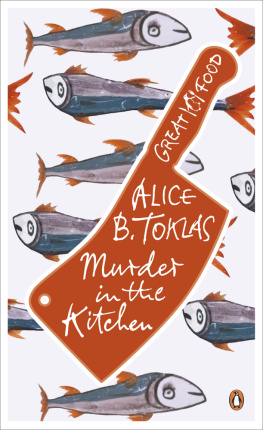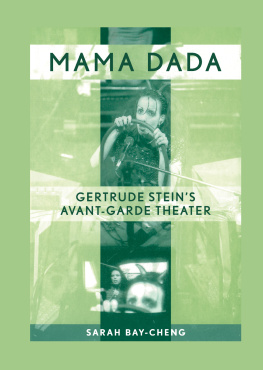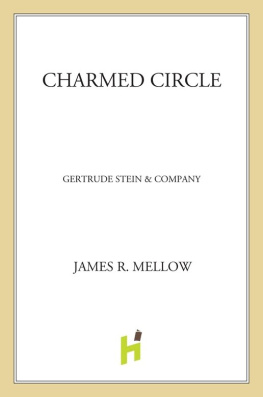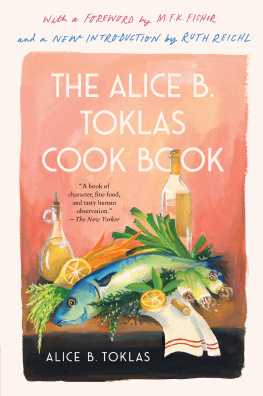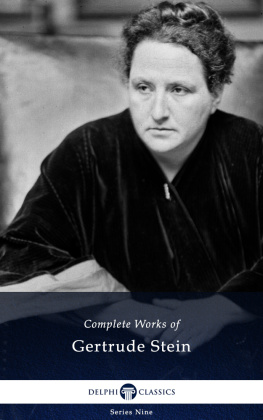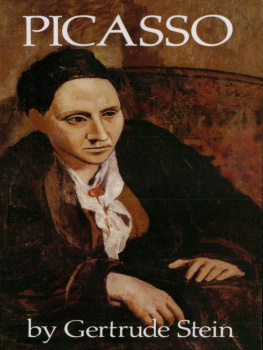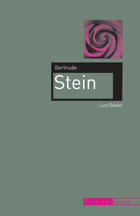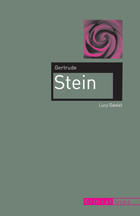Murder in the Kitchen
ALICE B. TOKLAS
PENGUIN BOOKS
PENGUIN BOOKS
Published by the Penguin Group
Penguin Books Ltd, 80 Strand, London WC2R 0RL, England
Penguin Group (USA) Inc., 375 Hudson Street, New York, New York 10014, USA
Penguin Group (Canada), 90 Eglinton Avenue East, Suite 700, Toronto, Ontario, Canada M4P 2Y3
(a division of Pearson Penguin Canada Inc.)
Penguin Ireland, 25 St Stephens Green, Dublin 2, Ireland
(a division of Penguin Books Ltd)
Penguin Group (Australia), 250 Camberwell Road, Camberwell, Victoria 3124, Australia (a division of Pearson Australia Group Pty Ltd)
Penguin Books India Pvt Ltd, 11 Community Centre, Panchsheel Park, New Delhi 110 017, India
Penguin Group (NZ), 67 Apollo Drive, Rosedale, Auckland 0632, New Zealand
(a division of Pearson New Zealand Ltd)
Penguin Books (South Africa) (Pty) Ltd, 24 Sturdee Avenue, Rosebank, Johannesburg 2196, South Africa
Penguin Books Ltd, Registered Offices: 80 Strand, London WC2R 0RL, England
www.penguin.com
The Alice B. Toklas Cookbook first published 1954
This extract published in Penguin Books 2011
Copyright 1954 by the Estate of Alice B. Toklas
All rights reserved
Cover design based on a pattern for an eighteenth-century dish. Tin-glazed earthernware with blue paint. (Photograph copyright Victora & Albert Museum.) Picture Research by Samantha Johnson. Lettering by Stephen Raw
Except in the United States of America, this book is sold subject to the condition that it shall not, by way of trade or otherwise, be lent, re-sold, hired out, or otherwise circulated without the publishers prior consent in any form of binding or cover other than that in which it is published and without a similar condition including this condition being imposed on the subsequent purchaser
ISBN: 978-0-14-196590-1
PENGUIN BOOKS GREAT FOOD
Murder in the Kitchen
ALICE B. TOKLAS (18771967) was born in San Francisco, California. Long before Julia Child discovered French cooking, Toklas was samplinglocal dishes and collecting recipes in Paris between the wars. She was confidante, lover, cook, secretary, muse, editor and critic to the writer Gertrude Stein. Together they hosted a salon that attracted many influential writers and artists of the day, including Ernest Hemingway, Paul Bowles, F. Scott Fitzgerald, Picasso and Matisse. First published in 1954, The Alice B. Toklas Cookbook is a rich mixture of cookery, anecdote and reminiscence, evoking 1950s Paris and meals shared with famous friends. It is one of the bestselling cookbooks of all time.
Dishes for Artists
Before coming to Paris I was interested in food but not in doing any cooking. When in 1908 I went to live with Gertrude Stein at the rue de Fleurus she said we would have American food for Sunday-evening supper, she had had enough French and Italiancooking; the servant would be out and I should have the kitchen to myself. So I commenced to cook the simple dishes I hadeaten in the homes of the San Joaquin Valley in California fricasseed chicken, corn bread, apple and lemon pie. Then whenthe pie crust received Gertrude Steins critical approval I made mince-meat and at Thanksgiving we had a turkey that Hlnethe cook roasted but for which I prepared the dressing. Gertrude Stein not being able to decide whether she preferred mushrooms,chestnuts, or oysters in the dressing, all three were included. The experiment was successful and frequently repeated; itgradually entered into my repertoire, which expanded as I grew experimental and adventurous.
BASS FOR PICASSO
One day when Picasso was to lunch with us I decorated a fish in a way that I thought would amuse him. I chose a fine stripedbass and cooked it according to a theory of my grandmother who had no experience in cooking and a sprig of thyme, a blade of mace, an onion with a clove stuck in it, a carrot, a leek, and a bouquet of fines herbes. This was gently boiled in the fish-kettle for hour and then put aside to cool. Then the fish was placed on the rack, thefish-kettle covered and slowly brought to a boil, and the fish poached for 20 minutes. Taken from the fire it was left tocool in the court-bouillon. It was then carefully drained, dried, and placed on the fish platter. A short time before serving it I covered the fish withan ordinary mayonnaise and, using a pastry trube, decorated it with a red mayonnaise, not coloured with catsup horror ofhorrors but with tomato paste. Then I made a design with sieved hard-boiled eggs, the whites and the yolks apart, with trufflesand with finely chopped fines herbes. I was proud of my chef duvre when it was served and Picasso exclaimed at its beauty. But, said he, should it not rather have been made in honour of Matissethan of me.
Picasso was for many years on a strict diet; in fact he managed somehow to continue it through the World War and the Occupation and, characteristically, only relaxed after the Liberation. Red meat was proscribed but that presentedno difficulties for in those days beef was rarely served by the French except the inevitable roast fillet of beef with sauce Madre. Chicken too was not well considered, though a roast leg of mutton was viewed with more favour. Or we would have a tenderloin of veal preceded by a spinach souffl, spinach having been highly recommended by Picassos doctor and a souffl being the least objectionable way of preparing it. Could it not be made more interesting by adding a sauce. But what saucewould Picassos diet permit. I would give him a choice. The souffl would be cooked in a well-buttered mould, placed in boiling water, and when sufficiently cooked turned into a hollow disharound which in equal divisions would be placed a Hollandaise sauce, a cream sauce, and a tomato sauce. It was my hope thatthe tri-coloured sauces would make the spinach souffl look less nourishing. Cruel enigma, said Picasso, when the souffl was served to him.
The only painter who ever gave me a recipe was Francis Picabia and though it is only a dish of eggs it merits the name ofits creator.
UFS FRANCIS PICABIA
Break 8 eggs into a bowl and mix them well with a fork, add salt but no pepper. Pour them into a saucepan yes, a saucepan,no, not a frying pan. Put the saucepan over a very, very low flame, keep turning them with a fork while very slowly addingin very small quantities lb. butter not a speck less, rather more if you can bring yourself to it. It should take hour to prepare this dish. The eggsof course are not scrambled but with the butter, no substitute admitted, produce a suave consistency that perhaps only gourments will appreciate.
When the Germans in 1940 were advancing we were at Bilignin and had no precise information concerning their progress throughFrance. Could one believe the radio. We didnt. We heard cannon-fire. Then it grew louder. The next morning dressing at thewindow I saw German planes firing on French planes, not more than two miles away. This decided me to act in the way any forethoughtfulhousekeeper should. We would take the car into Belley and make provision for any eventuality as I had done that April morningof 1906 when the fire in San Francisco had broken out after the earthquake. Then I had been able to secure two hams and myfather had brought back four hundred cigarettes. With these one might, he said, not only exist but be able to be hospitable.So at Belley we bought two hams and hundreds of cigarettes and some groceries the garden at Bilignin would provide fruitand vegetables. The main road was filled with refugees, just as it had been in 1914 and in 1917. Everything that was happeninghad already been experienced, like a half-awakening from nightmare. The firing grew louder and then the first armoured carflew past. Crushed, we took the little dust road back to Bilignin. The widow Roux, who for many summers had been our devotedservant and later during the Occupation proved to be our loyal friend, opened the big iron gates to let the car through and we unloaded the provisions. What were we to do with the two enormous uncooked hams. In whatcould we cook them and in what way so that they would keep indefinitely. We decided upon

